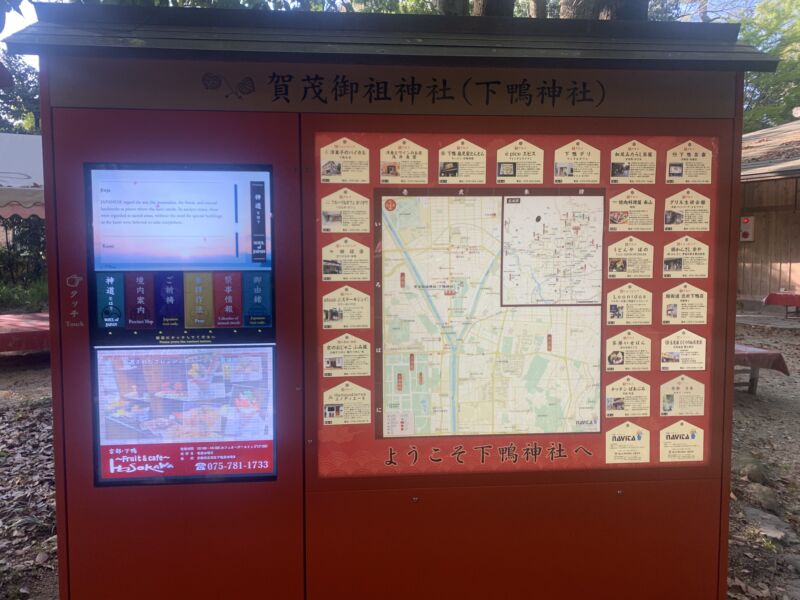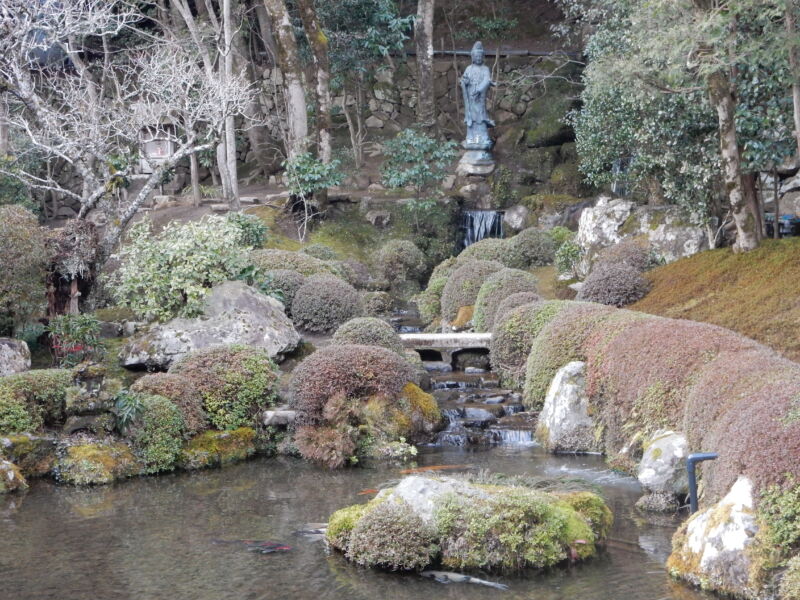
Feb 3 is Setsubun and a time for throwing beans at demons. It takes place at shrines, temples and people’s homes.
Here’s Wikipedia’s succinct overview of the custom and its origins:
Setsubun is the day … Read the rest

Feb 3 is Setsubun and a time for throwing beans at demons. It takes place at shrines, temples and people’s homes.
Here’s Wikipedia’s succinct overview of the custom and its origins:
Setsubun is the day … Read the rest
Raising revenue, old and new

Shinto’s past and future
Recently I paid a visit to Kifune Jinja to see the autumn colours on the approach along the Eiden line. This ancient shrine just to the north of Kyoto has been featured on Green Shinto previously … Read the rest

Regular readers of this blog will know that we have been keeping an eye on the annual additions to our neighbouring World Heritage shrine of Shimogamo Jinja, here in Kyoto. In recent years this has seen the destruction of considerable … Read the rest

Today being Easter Sunday inevitably leads to thoughts of death and rebirth, and Japan’s cherry blossom season is an annual reminder of nature’s power to renew itself. Of all Kyoto’s many shrines, none is so prominent at this time of … Read the rest
Postscript, and good news!
Since writing about Oiwa Jinja in June 2015, reports have come in that the shrine has been tidied up. So with the promise of spring in the air, Green Shinto set out to take a look. … Read the rest

Just to the north of Kyoto, Ohara is a picturesque village with a traditional, rural feel. It’s known locally for its vegetables, but has a wider claim to fame as host to the celebrated Buddhist temple … Read the rest
© 2025 Green Shinto
Theme by Anders Norén — Up ↑